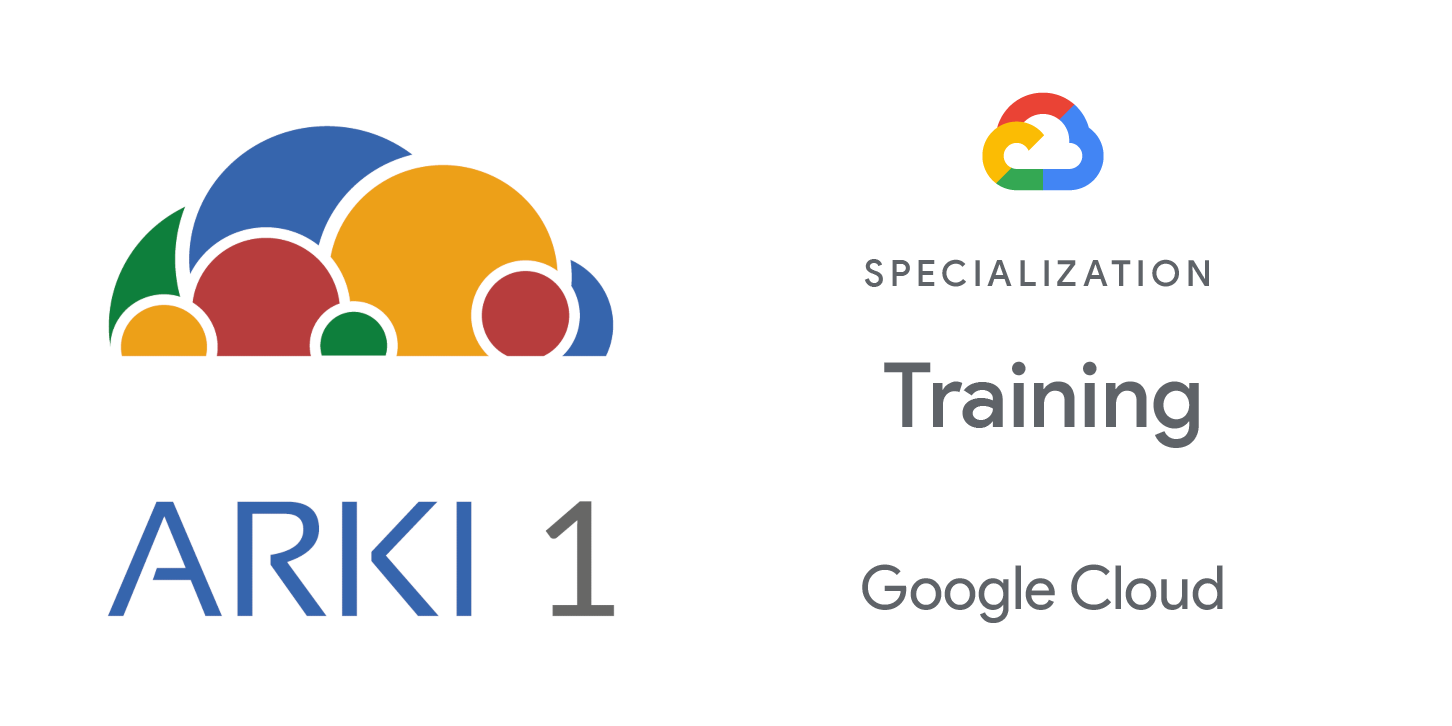Aprenda a projetar, desenvolver e implantar aplicações que integrem de forma fluida os componentes do ecossistema do Google Cloud.
Este curso utiliza aulas expositivas, demonstrações e laboratórios práticos para mostrar como usar os serviços do Google Cloud e APIs de machine learning pré-treinadas para construir aplicações nativas da nuvem, seguras, escaláveis e inteligentes.
Objetivos
Neste curso, os participantes aprenderão as seguintes habilidades:
Utilizar boas práticas de desenvolvimento de aplicações
Escolher a opção de armazenamento de dados mais adequada para a aplicação
Implementar a gestão de identidade federada
Desenvolver componentes de aplicação desacoplados ou microserviços
Integrar componentes da aplicação e fontes de dados
Depurar, rastrear e monitorar aplicações
Realizar implantações repetíveis com contêineres e serviços de deployment
Escolher o ambiente de execução mais adequado para a aplicação
Público-Alvo
-
Desenvolvedores de aplicações que desejam criar aplicações nativas da nuvem ou redesenhar aplicações existentes para que sejam executadas no Google Cloud.
Pré-requisitos
- Ter concluído o curso Google Cloud Fundamentals: Core Infrastructure ou possuir experiência equivalente.
- Conhecimento prático em Node.js, Python ou Java.
Proficiência básica com ferramentas de linha de comando e ambientes do sistema operacional Linux.
Duração
Investimento
Resumo do curso
• Design and develop secure, scalable, reliable, loosely coupled application components and microservices.
• Understand how to rearchitect applications for the cloud.
- Identify different Google Cloud services for hosting applications and scripts.
- Choose the appropriate data storage option for application data.
• Bulk-load data into Firestore by using Dataflow.
• Understand best practices related to queries, built in and composite indexes, inserting and deleting data (batch operations), and transactions error handling.
- • Understand Cloud Storage concepts.
• Differentiate between strongly consistent and eventually consistent operations.
• Access Cloud Storage through request endpoints.
• Use object composition to upload an object in parallel.
• Use truncated exponential backoff to deal with network failures.
- Understand how to name buckets for static websites and other uses, how to name objects (from an access distribution perspective, and performance considerations.
- Implement federated identity management.
- Understand Pub/Sub topics, publishers, and subscribers.
- Understand pull and push subscriptions.
- Explore use cases for Pub/Sub.
- Explore pre-trained machine learning APIs such as Cloud Vision API and Cloud Natural Language API.
- Use Cloud Functions for event-driven processing.
- Understand OpenAPI deployment configuration.
- Understand how to create and store container images.
- Create repeatable deployments with deployment configuration and templates.
- Explore considerations for choosing a compute option for your application or service
- Debug an application error by using Cloud Debugger and Error Reporting.
- Use Cloud Monitoring and Cloud Trace to trace a request across services, observe, and optimize performance.


